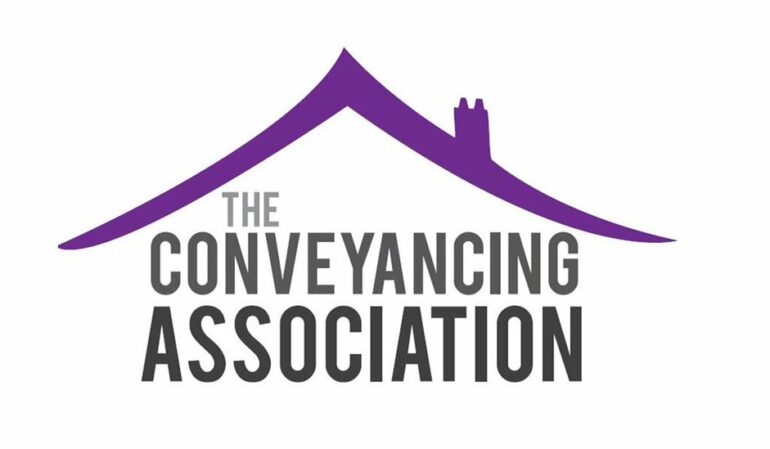The Conveyancing Association (CA) has introduced an update of its Estate Agent Best Practice Guide.
The guide, launched in December 2014, was formulated to help conveyancers and estate agents improve communication between firms and to help enhance the conveyancing journey for all clients.
While not mandatory for members of the CA, the guide provides recommendations on how best to communicate with agents, over what timescale, via what means, and how best to update each other through a transaction process.
This version adds in new detail specifically covering recent changes to the process, including technological advances.
The guide now covers the provision of material information at the start of the house sale and purchase process, as well as Digital-ID and how verification of client ID might be shared between the conveyancer and the agent.
Conveyancers and agents are recommended to have structured progress updates on cases, with an agreement on their timeliness and how the updates might be provided, plus commitments to returning communications.
Finally, the guide covers predicted exchanges and completions between the conveyancer and agent, plus a commitment to the ways and means by which they will work together professionally and respectfully.
Beth Rudolf, director of delivery at The Conveyancing Association, said: “The relationship between conveyancers and agents is very important in order to achieve what everyone in the transaction wants to achieve, which is a purchase or sale that completes on time, and gets all stakeholders to where they need to be efficiently.
“To aid this relationship we produced our Best Practice Guide at the tail end of 2014, and given the changes we have recently seen which impact on the way conveyancers work with agents, particularly in terms of material information provision and the use of Digital ID, now is the time to update it.
“It’s not mandatory for our member firms to follow the Guidance but we believe by doing so, we can secure better working practices between conveyancers and agents, and improve understanding of conveyancing.
“By sharing the material information efficiently, estate agents can win more business and reduce transaction times, while conveyancers can act in the best interests of their clients and reduce risk, creating a positive home moving experience for all.”



